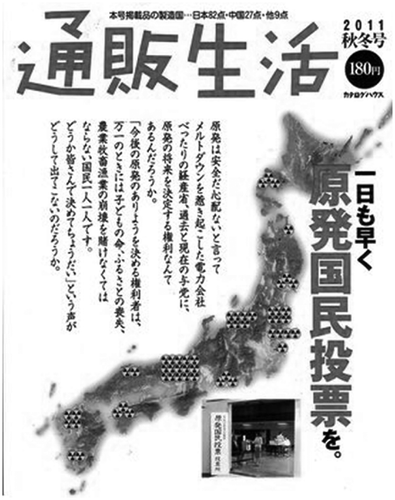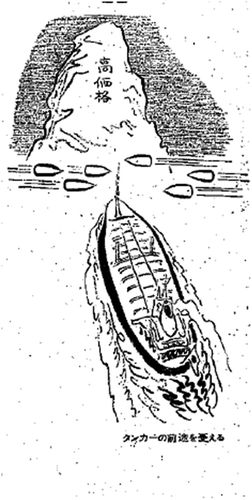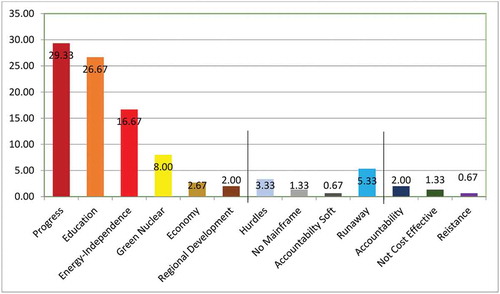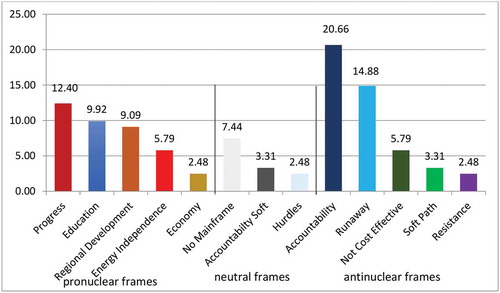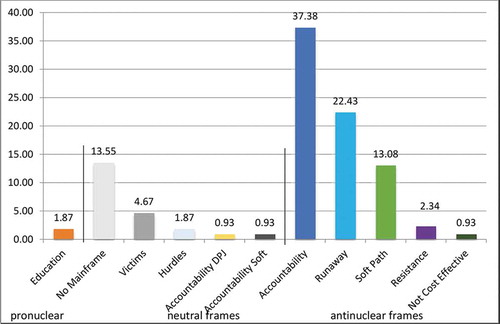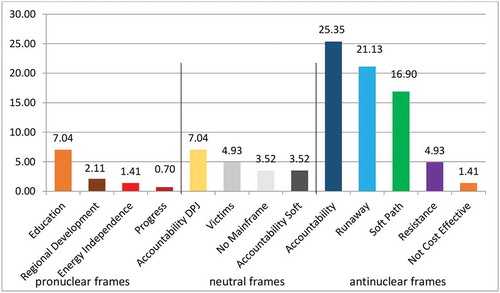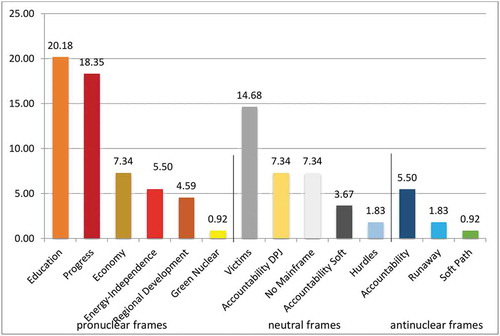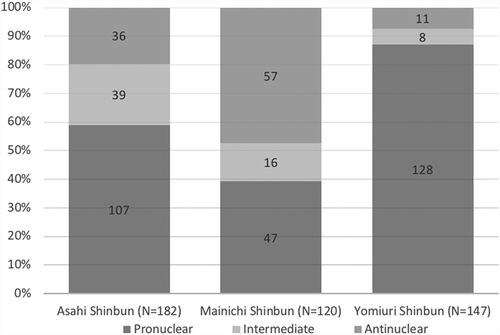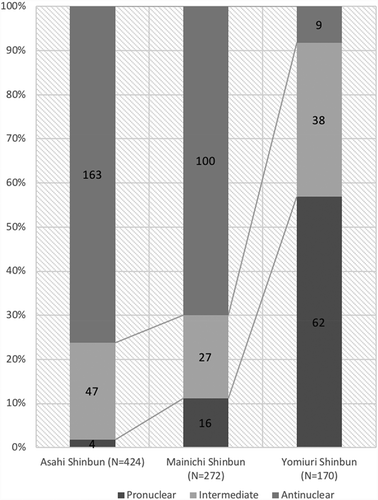Figures & data
Table 1. Pronuclear frames. The “Japanese frames” are displayed in italics
Table 2. Antinuclear frames
Figure 1. JAERO advertisement showing Progress elements, for example the separation of nuclear bombs and nuclear power (AS, Citation1974)
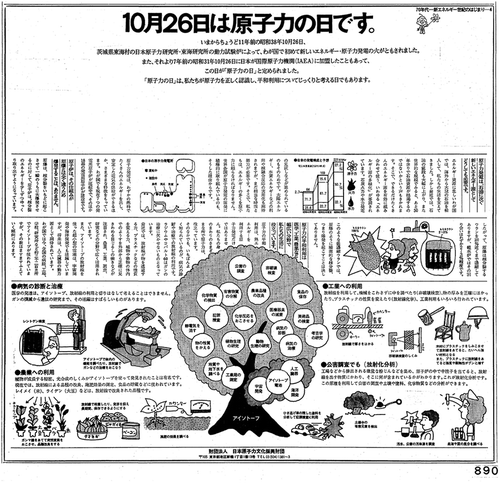
Figure 3. JAERO advertisement with Energy Independence elements. The bear symbolizes Russia as a threat to Japanese energy security (YS, Citation1975b)
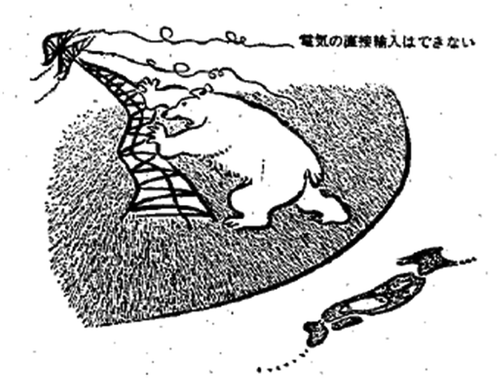
Figure 4. JAERO advertisement showing Nuclear Education elements. The two characters of the word freedom form two fists, one labelled “pro” and the other one “anti”. The underlying assumption is that freedom without guidance or “education” by those who are in charge only leads to unnecessary quarrels (YS, Citation1975c)
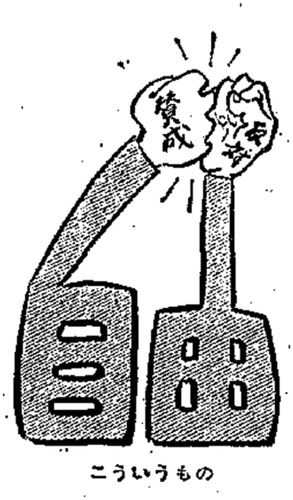
Figure 5. TEPCO advertisement showing Green Nuclear elements described above (from Honma, Citation2014, p. 42)
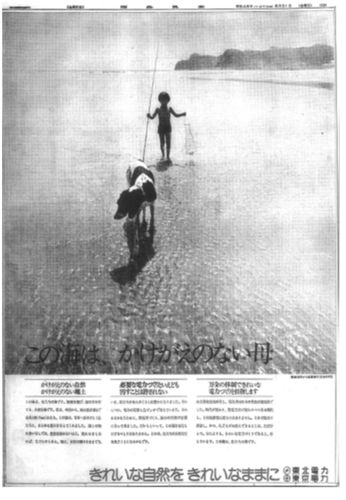
Figure 6. JAERO advertisement showing Regional Development elements. The characters on the electricity cable mean Kashiwazaki, an − at the time the sketch was published − contested location designated to host Japan’s largest nuclear power complex. The caption says: “Japan’s energy becomes the energy of the peripheral regions” (YS, Citation1975a)
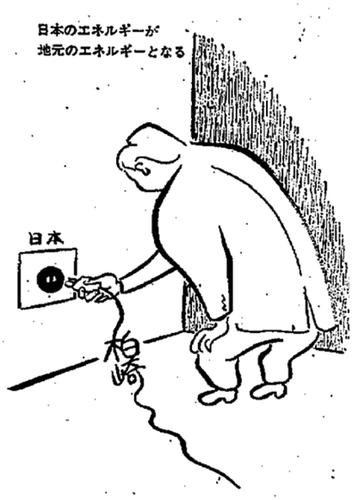
Figure 7. A picture of the Nuclear Industry Safety Agency (under the umbrella of METI) during a press conference in the midst of the Fukushima Dai'ichi accident. The agency was widely criticized for lack of Accountability during and after the accident (Utsukushii chikyū kankyō wo mamoru tame ni ikimono jakusha ni shien wo, Citation2012)
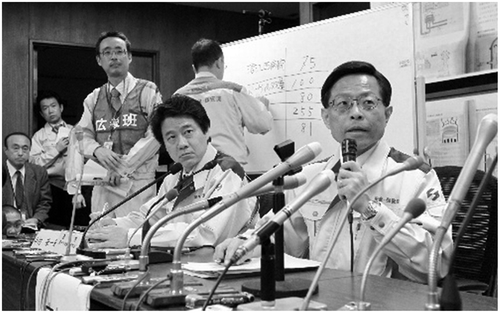
Figure 8. A picture showing the alleged contamination of the Pacific Ocean after 2011 (http://radioactivetokyo.seesaa.net/upload/detail/image/ASRE7A4BEE6B5B7E6B48BE6B19AE69F93E59CB0E59BB3-thumbnail2.jpg.html)
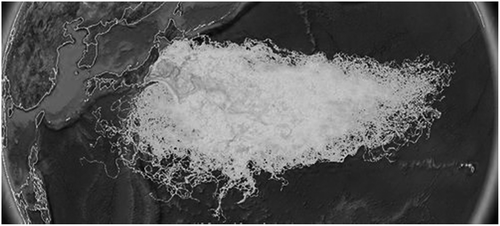
Figure 9. A picture from the cover of the magazine published by the famous anime production company Studio Ghibli, showing Soft Path elements. In the front, celebrated director Miyazaki Hayao walks with a sign saying “no nukes”. The caption says “Studio Ghibli wants to make movies without nuclear power” (https://img.cinematoday.jp/a/byAHfsoKXEGd/_size_640x/_v_1314277457/main.jpg)
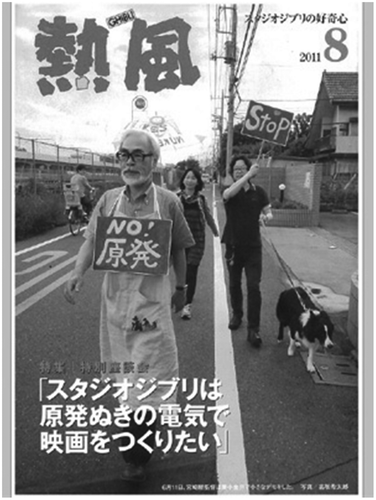
Figure 10. A picture published in the newspaper Tokyo Shinbun showing Not-Cost-Effective elements. On the bottom, normal citizens carry trillions of yen for decommissioning the wrecked Fukushima Daiichi reactors (Tokyo Shinbun Web, Citation2016)
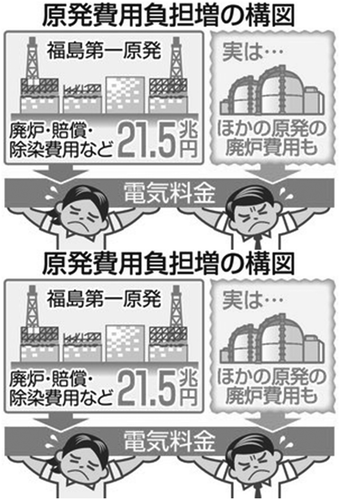
Figure 11. The cover of the catalogue of a retail company calling for a referendum on nuclear power after the Fukushima Daiichi accident (It’s a New World (Blog), Citation2011)
